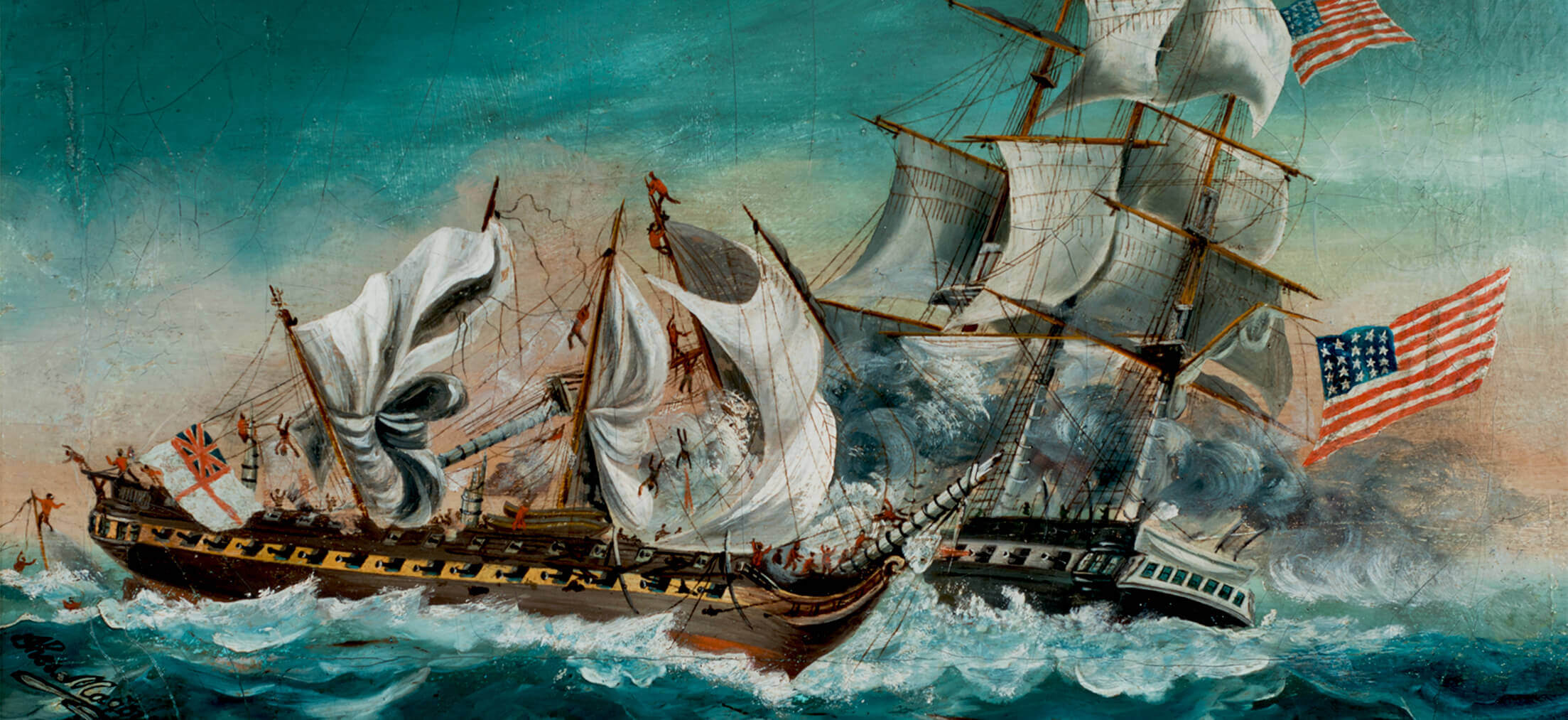It has been a subject of discussion amongst ship-builders, whether tree-nails or metallic fastenings are to be preferred. The objection to iron bolts is their rapid corrosion, from the gallic acid of the wood, the sea-water, and perhaps by a combination of both; in consequence of which, the fibers of the wood around them become injured, the bolts wear away, the water oozes through, and the whole fabric is shaken and disarranged. This corrosion of iron fastenings was most remarkable when the practice of sheathing ships with copper became general, and when iron nails were made use of to fix it; for, by the contact of the two metals in the sea-water, a galvanic action took place, and both were immediately corroded. Mixed metal nails are now used for this purpose; and copper bolts are universally employed below the line of flotation, though it is found that in these also oxidation takes place to a certain degree, and causes partial leaks. Various mixtures of metals have been tried, but all of them are considered as liable to greater objections than pure copper. It would appear, then, that tree-nails, if properly made, well-seasoned, and driven tight, are the least objectionable, being seldom found to occasion leaks, or to injure the plank or timbers through which they pass. This species of fastening has at all times been used by all the maritime nations of Europe. The Dutch were in the habit of importing them from Ireland, it being supposed that the oak grown in that country was tougher and stronger than any which could be procured on the Continent, and in all respects best adapted for the purpose. "Under all circumstances," says Mr. Knowles, "it appears that the present method of fastening ships generally with tough, well-seasoned tree-nails, with their ends split, and caulked after being driven, and securing the buts of each plank with copper bolts well clenched, is liable to fewer objections, and more conducive to the durability of the timber, than any other which has been tried or proposed to be established."
